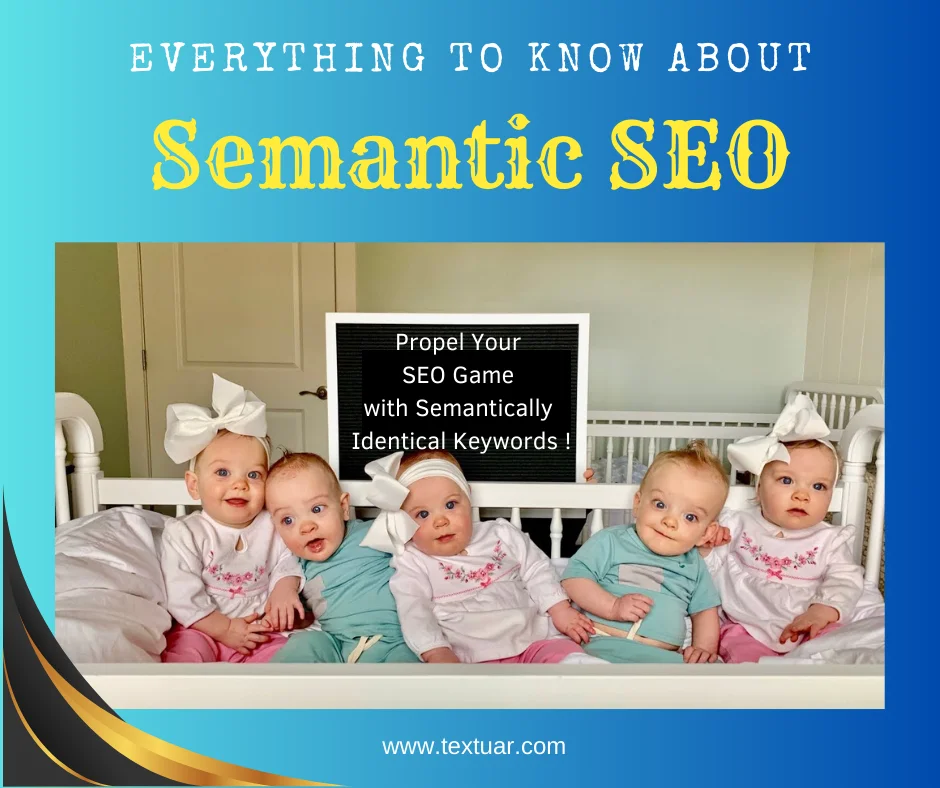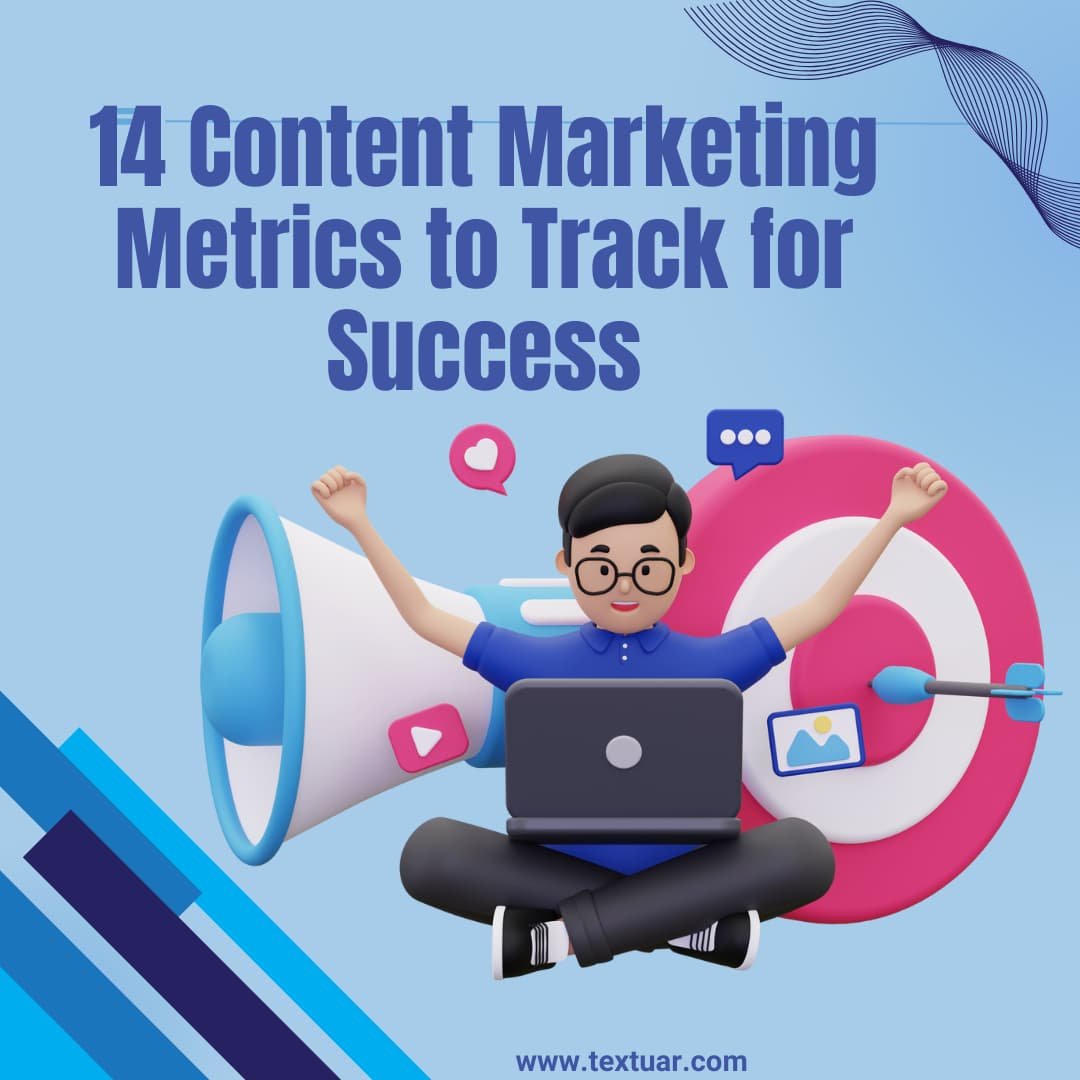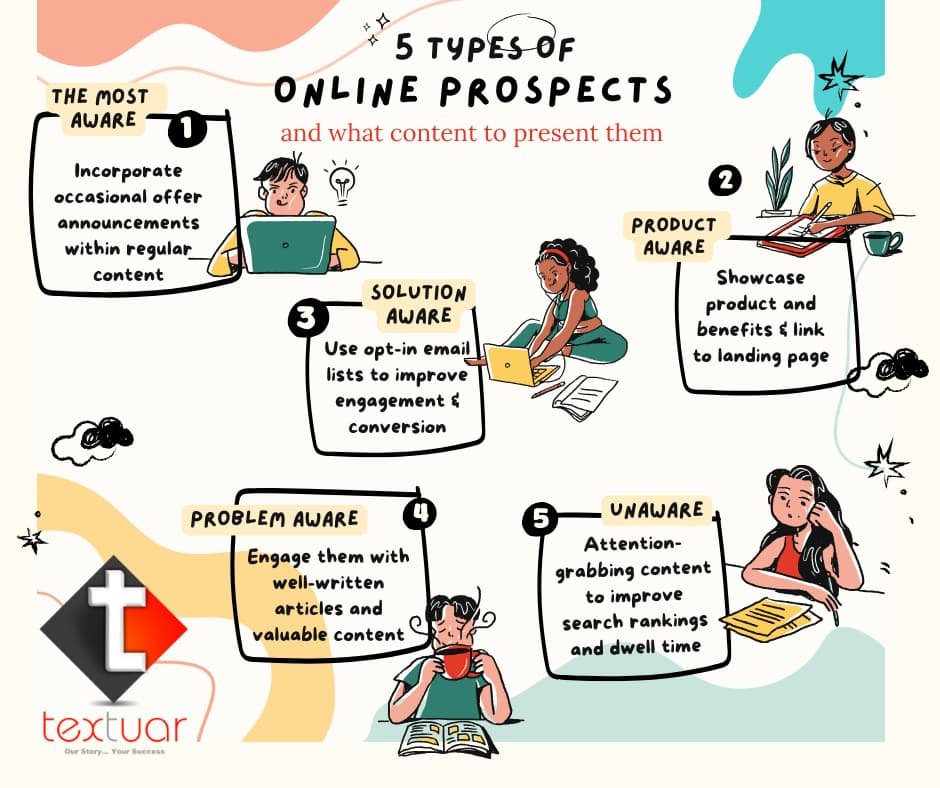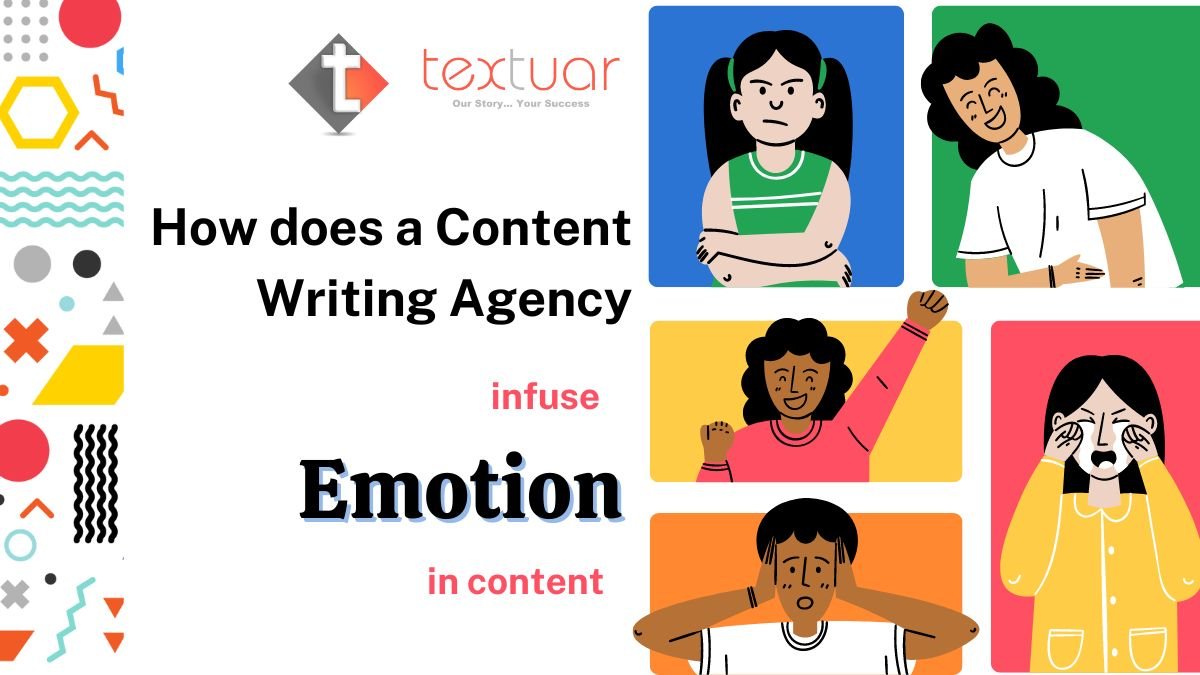SEO webmasters would agree when we say that the world of SEO undergoes rapid updates every few months or so.
Take the case of keywords.
Keywords have long been the backbone of SEO content. However, an interesting evolution is taking place now. At our content writing agency, we are increasingly witnessing the massive gains unlocked by Semantic SEO content writing.
In this blog post, we will explore the power of semantic SEO. We will also see how it can elevate your content strategy to new heights of engagement.
=== Table of Contents ===
ToggleSemantic SEO in content
What is Semantic SEO?
Content creators use semantic SEO to dive deeper into the nuance and context of the blog topic. This way, they get to optimize their strategy and drive exceptional results.
Semantic SEO moves beyond the traditional reliance on keywords. Rather, it focuses on the underlying meaning of search queries.
It takes into account the intent, context, and relationship between words. This way, it strives to provide more relevant search results.
Why is Semantic SEO Important in Content Writing?
Search engines have become smarter at understanding user intent. They constantly improve their algorithms to deliver the most accurate and valuable content.
When you leverage semantic SEO, you can align your content strategy with these advancements.
This lets you position your brand as a trusted authority in your industry.
How Semantic SEO Expands Keyword Research?
Keywords remain essential success factors for SEO. But semantic SEO, too, is creating enough buzz. It encourages content creators to broaden their horizons for well-articulated content.
You no longer have to focus solely on individual keywords as an SEO marketer or content writer. Instead, you can consider the broader topics and concepts that are relevant to your target audience.
Conduct thorough research to identify related terms. Such synonyms and phrases would be semantically connected to your main keywords. It is a good idea to incorporate these variations into your content. This way, you can capture a wider range of search queries and engage with a broader audience.
What are Some Examples of Semantic SEO in Content Writing?
Example 1: Let’s say you are writing a blog post about “best hiking trails in California.”
You can optimize the content for semantic SEO. For this, you would incorporate related keywords and phrases throughout the article.
Instead of solely focusing on the primary keyword, you would naturally include related terms like
- “mountain hiking,”
- “national parks,”
- “scenic routes,”
- “outdoor adventure,” and
- “nature trails.”
Such coverage ensures comprehensive coverage of the topic.
Example 2: Let us suppose that you are creating a product description for a wireless Bluetooth speaker.
It won’t make sense to repeatedly use the exact keyword phrase “Bluetooth speaker” in an unnatural manner.
Instead, you may want to employ semantic SEO techniques here. Doing so helps to enhance the content’s relevance and readability. This includes incorporating related terms such as
- “wireless audio device,”
- “portable sound system,”
- “music streaming technology,”
- “hands-free connectivity,” and
- “high-fidelity sound.”
What are the Benefits of Semantically Related Keywords in SEO?
1 – SEO bots understand the context better
Such variations of the keywords give search engines a better understanding of what our content is about. This way, there will be a higher likelihood of the page ranking on top of search results for broader terms.
Let us take the hiking example above. We may want to attract customers searching for “hiking trails in California”. But we may also want to get in front of the searchers who feed in “mountain trails in California”. The logic is simple. They too can be prospective customers.
2 – Provides versatility to content coverage
Imagine if a 2000-word blog has 200 occurrences of “best hiking trails in California”. This will be a bit too much. Search engines would consider such content to be keyword stuffed. Instead, we can replace some occurrences with semantically related keywords.
Doing so will help reduce the risk of content being tagged as ‘keyword-stuffed’.
Readers, too, will get to read different variations of the same terms. This action will keep the engagement level higher than the case of using 200 occurrences of just one keyword in an exact match.
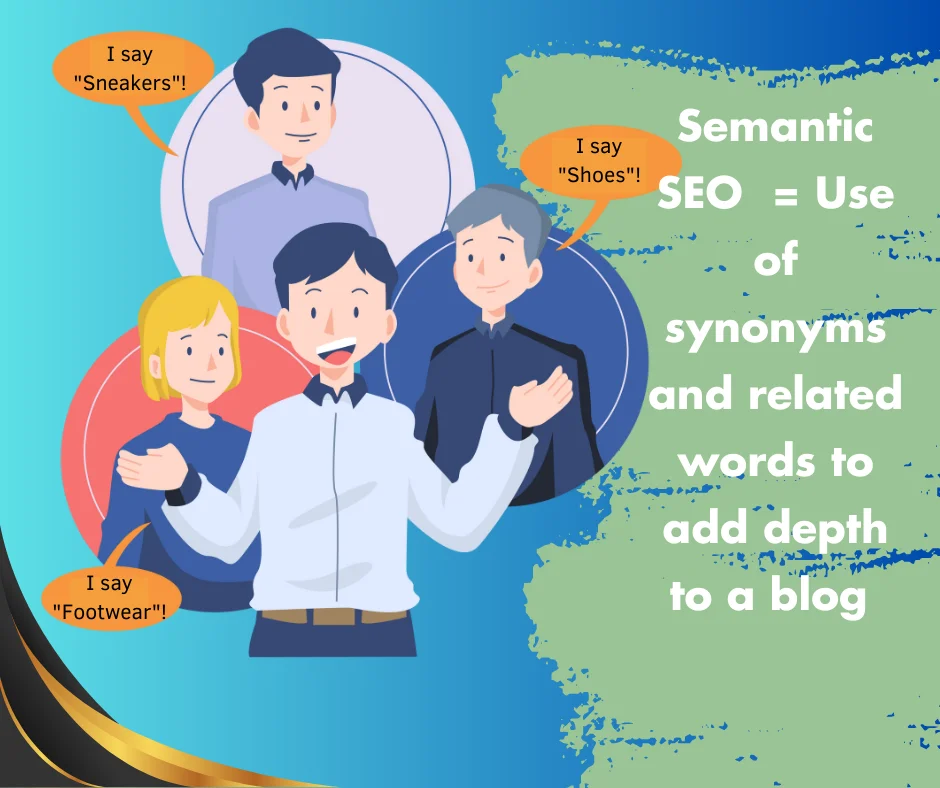
3 – Targets User Intent
Semantic SEO focuses on understanding the intent behind user searches. This is one step better than just focusing on the specific keywords used. As a content marketer, you benefit by aligning your content with user intent.
You get a chance to attract more relevant traffic. This dramatically increases the chances of converting visitors into customers or readers.
4 – Enhanced User Experience
Semantic SEO encourages the creation of high-quality, informative, and relevant content that caters to user needs. Such content focuses on providing valuable information and addressing user queries.
This way, you can easily enhance the overall user experience. You also get to establish your authority and credibility in your industry.
How to Enable Semantic SEO in Content Writing?
1 – Create Contextually Rich Content
Semantic SEO places a strong emphasis on context. Search engines aim to understand the context of a user’s search query and provide content that best addresses their needs.
It is easy to optimize your content strategy. You need to focus on creating contextually rich content. Such in-depth content will explore a topic comprehensively rather than a superficial coverage.
This means going beyond surface-level information and diving deep into the subject matter.
Provide detailed insights, actionable tips, and valuable resources. These will satisfy the user’s intent. They will not have to browse other pages to search for additional information as all information will be present on this one page itself.
2 – Optimize for User Intent
Try to understand the intent behind a search query. This step is fundamental to semantic SEO. Users are searching for answers, solutions, or information. Your content should fulfil those needs.
Analyse the different types of user intent. These may include informational, navigational, and transactional.
Then, tailor your content accordingly. Incorporate relevant subtopics, FAQs, and structured data. Doing so enhances the user experience tremendously. Doing so will boost the chances of ranking higher in search engine result pages (SERPs).
3 – Answer questions in the ‘People Also Ask’ section
Did you know that 48.4% of all search queries now show PAA or People Also Ask section? Use these to improve the semantic signals of your content. They will provide more depth to the topic coverage.
For example, let us assume your topic is “What are backlinks?”
Think about the PAA for this topic. It might have results like:
– What are examples of backlinks
– How many backlinks do I need?
– Where to get backlinks from?
…and so on
Now this will become the outline for a nice long in-depth blog. Explain these in different subheadings. As a result, readers will get all information in one blog. This is better than having them visit three separate blogs for the three pieces of information.
Such a topical and long-form blog will radiate stronger semantic signals.
4 – Enhance User Engagement and Dwell Time
User engagement metrics like click-through rates, time on page, and bounce rates are important in semantic SEO. These indicators are taken into account by search engines when evaluating the quality and relevancy of your content.
You may encourage people to spend more time on your website, explore related sites, and enhance their overall engagement.
How? Well, you may offer them informative, entertaining, and easy-to-consume content. Cover the topic in-depth, offer unique insights, and provide value to your readers.
This, in turn, informs search engines that your content is high quality and deserves to be ranked higher.
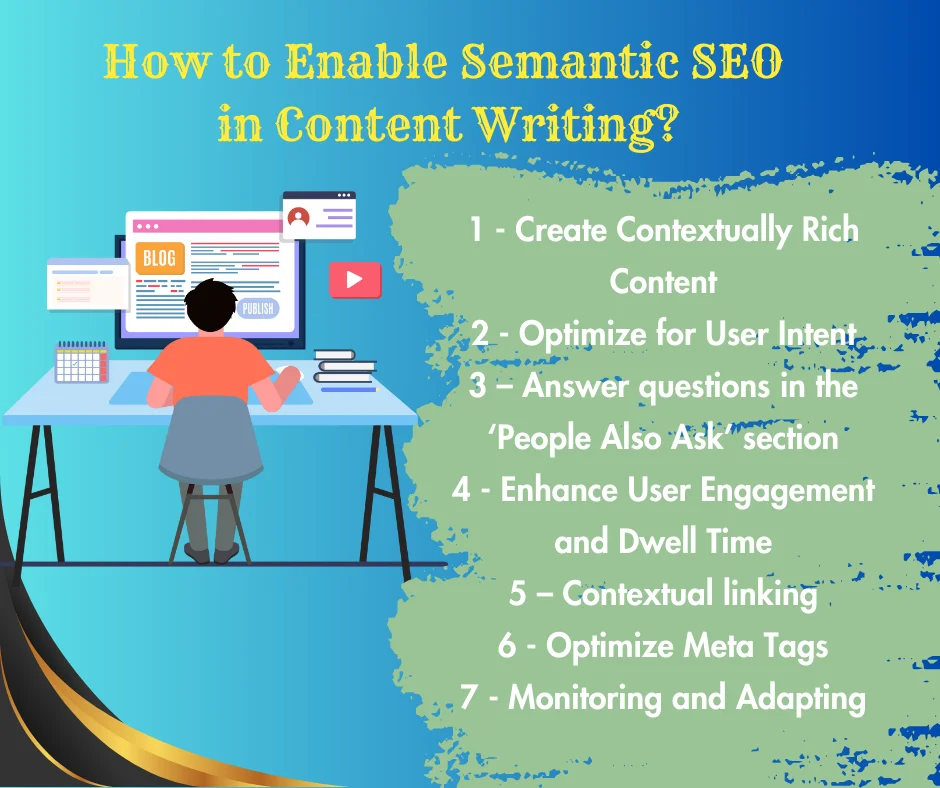
5 – Contextual linking
Don’t forget to include external and internal links within your content to provide additional context and relevant information.
Linking to authoritative sources and related content helps search engines establish connections. They will understand the broader context of your topic and reward you with higher search result rankings.
6 – Optimize Meta Tags
Craft compelling and informative meta titles and meta descriptions. They should accurately reflect the content of your page. Incorporate relevant semantic keywords naturally while creating concise and enticing descriptions. This step encourages users to click through to your content.
For example, don’t use such a meta description for a running shoe page. “This page has details of the white running shoe. Get white running shoes at low price and discount on white running shoes.”
Instead, provide variations.
“This page has details of the white running shoe. Get stylish sneakers at low price. We offer discount on this footwear.”
7 – Monitoring and Adapting
Monitoring and evolving are essential to the success of any SEO plan. Strive to find areas of improvement. For this, you may keep a careful check on your website statistics.
Start by monitoring key metrics on Google Analytics. These include organic traffic, bounce rate, time on page, and user engagement.
Suppose you notice that the bounce rate is high and the time on page is low. This indicates that users may not find the content engaging enough.
You can also track keyword performance of such content. Make sure to also examine user behaviour to content having semantically relevant keywords.
Update your content frequently. Doing so keeps it relevant, up-to-date, and in line with market trends. You can continually improve your content strategy and get a competitive edge.
All you need to do as a content marketer is to be proactive and attentive to changes in search algorithms and consumer preferences.
Get massive SEO gains with semantically relevant keywords
Google is always trying to make search better for users. No wonder it emphasizes so much on semantic SEO. Doing so will position your brand as a trusted source of valuable content in the digital landscape.
Contact Textuar to create highly relevant, informative, and discoverable content via Semantic SEO. Our content writing agency excels at use of semantic keywords that resonates with both search engines and your target audience.
FAQs
Q1 What is Semantic SEO, and how does it differ from traditional SEO?
A1 Semantic SEO is a strategy that focuses on understanding user intent and the context of search queries. Traditional SEO generally relies on specific keywords. However, semantic SEO emphasizes the meaning behind words. Doing so ensures that content aligns with user queries.
Q2 Why is understanding user intent crucial in Semantic SEO?
A2 User intent reveals what searchers are looking for. Content writers will integrate semantic SEO to match this intent. This makes sure that the content comprehensively addresses users’ queries. Understanding user intent enhances the relevance of your content, leading to higher SEO rankings.
Q3 How can Semantic SEO improve the user experience on a website?
A3 A content writer will create contextually rich content by incorporating semantically related keywords. Such well-articulated content will resonate better with visitors. This relevancy enhances user experience, making it easier for visitors to find the information they seek.
Q4 How does Semantic SEO aid search bots?
A4 Variations of the keywords (which don’t change the meaning of the keyword) give search engines a better understanding of what our content is about. This way, there will be a higher likelihood of the page ranking on top of search results for broader terms.
Q5 Is Semantic SEO only about keywords, or does it involve other factors?
A5 Semantic SEO goes beyond keywords. It involves creating comprehensive, valuable, and contextually rich content. Additionally, optimizing meta tags, answering specific user questions, and implementing contextual linking are integral parts of Semantic SEO strategies.
Q6 How can a content writer use the ‘People Also Ask’ section to power up Semantic SEO?
A6 When writing content, the writer can see the ‘People Also Ask’ section to build sections for an in-depth blog in a logical way. They will explain these in different subheadings. As a result, readers will get all the information in one blog. This is better than having them visit three separate blogs for the three pieces of information.

